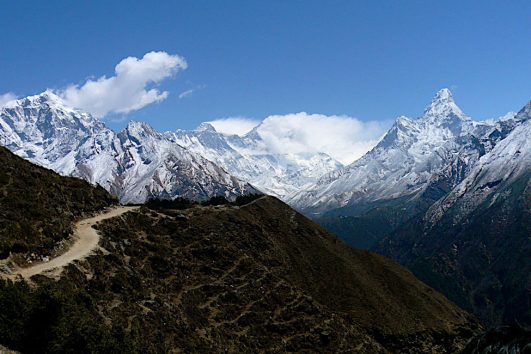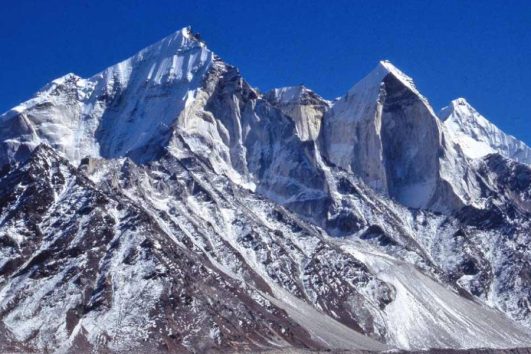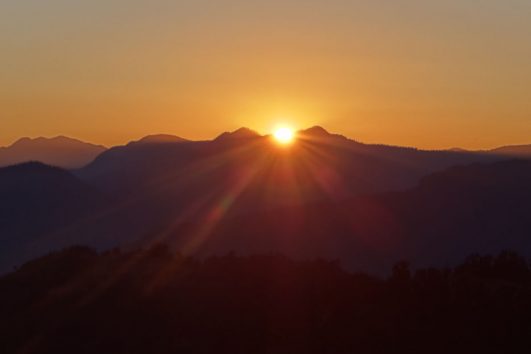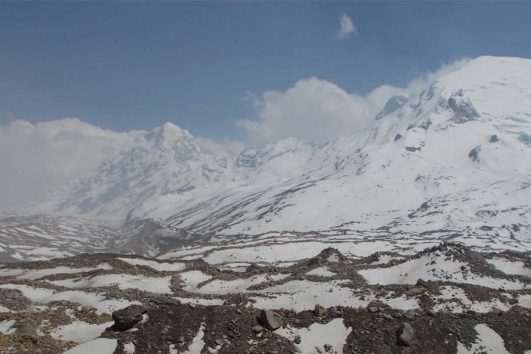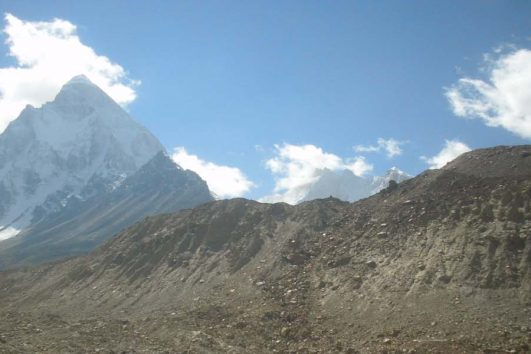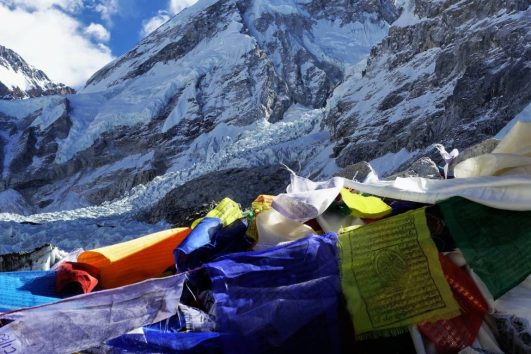Peak climbing is a thrilling and challenging outdoor activity that involves ascending to the summits of mountains, often at high altitudes. This adventure sport has captivated the hearts of adventurers and mountaineers for generations. Whether you’re a seasoned climber or a novice looking to take your first steps into the world of mountain ascents, peak climbing offers a profound connection with nature, personal growth, and a sense of achievement like no other.
The Appeal of Peak Climbing
Peak climbing holds an irresistible allure for many reasons:
- The Ultimate Challenge: Climbing a peak represents conquering nature’s grandest obstacles, pushing your physical and mental limits, and achieving something extraordinary.
- Stunning Landscapes: Along the way, you’ll be treated to breathtaking vistas, from lush valleys to snow-covered summits, making every step of the journey worth it.
- Personal Growth: Peak climbing builds resilience, self-discipline, and problem-solving skills. It’s an opportunity to discover your true potential.
- Connection with Nature: Spending time in the wilderness fosters a profound appreciation for the environment and encourages responsible outdoor practices.
- Companionship: Many climbers form lifelong bonds with their climbing partners, creating a tight-knit community that shares a passion for the mountains.
Types of Peaks
Not all peaks are the same. They can be broadly categorized into three types:
- Alpine Peaks: These are non-technical peaks that require hiking, scrambling, and basic mountaineering skills. They are accessible to climbers with varying levels of experience.
- Technical Peaks: Technical peaks involve challenging rock or ice climbing, and specialized skills and equipment are essential for safe ascents.
- Non-Technical Peaks: Non-technical peaks fall between alpine and technical peaks, requiring some basic mountaineering skills but not advanced climbing techniques.
Safety Considerations
Safety should always be the top priority in peak climbing. Mountains can be unforgiving, and the consequences of mistakes can be severe. Here are some essential safety considerations:
- Physical Fitness: Adequate physical conditioning is crucial. Cardiovascular fitness, strength, and endurance will help you cope with the physical demands of high-altitude climbing.
- Mental Resilience: Mental preparation is equally important. Climbers must be able to manage fear, anxiety, and stress in challenging situations.
- Gear and Equipment: Invest in quality gear and ensure it’s in good condition. Familiarize yourself with how to use it properly.
- Training and Skill Development: Continuously work on your climbing skills, including knot tying, belaying, and self-rescue techniques.
- Weather and Route Conditions: Stay informed about the weather and route conditions before and during your climb. Weather can change rapidly in mountain environments. With these fundamental aspects in mind, let’s delve deeper into the world of peak climbing.
Preparing for Peak Climbing
Physical Fitness
Physical fitness is the foundation of successful peak climbing. It not only enhances your performance but also reduces the risk of altitude-related illnesses. Consider the following aspects of physical preparation:
Cardiovascular Endurance
Climbing often involves long hours of sustained effort. Activities like running, cycling, and hiking can help improve your cardiovascular endurance.
Strength Training
Building upper body, lower body, and core strength is essential for carrying heavy packs, maintaining balance on challenging terrain, and executing climbing movements.
Flexibility and Mobility
Climbing requires a wide range of motion. Incorporate stretching and mobility exercises into your routine to prevent injuries and improve your agility.
Mental Preparation
Climbing is as much a mental challenge as it is physical. Developing mental resilience is vital:
Mental Resilience
Learn to manage stress, fear, and anxiety. Visualization, mindfulness, and meditation techniques can help you stay focused and calm during challenging climbs.
Goal Setting
Set clear and achievable goals for your climbing endeavors. Goals provide motivation and direction, helping you track your progress.
Risk Assessment
Learn to assess risks objectively. Understand when to push your limits and when to turn back. Safety should always be your top priority.
Gear and Equipment
Having the right gear is crucial for a safe and enjoyable climbing experience:
Clothing
Invest in quality clothing that offers insulation and protection against the elements. Layering is key to regulating body temperature.
Footwear
Choose appropriate climbing boots that provide support and traction on various terrains, from rocky trails to icy slopes.
Climbing Gear
Depending on the type of peak you’re climbing, you’ll need climbing-specific gear such as ropes, harnesses, helmets, carabiners, and ice axes.
Navigation Tools
Carry maps, compasses, and GPS devices to navigate effectively. Familiarize yourself with the terrain before embarking on your journey.
Training and Skill Development
Continuously work on improving your climbing skills:
Knot Tying
Learn essential knots for climbing, such as the figure-eight knot, bowline, and clove hitch.
Belaying and Rappelling
Master belaying techniques for securing your climbing partner. Rappelling skills are essential for descending safely.
Crevasse Rescue
If you plan to climb glaciers, learn crevasse rescue techniques to assist in emergencies.
Ice and Rock Climbing Techniques
Practice specific climbing techniques depending on the terrain you’ll encounter. This might include ice axe and crampon use or rock climbing techniques.
By dedicating time to physical and mental preparation and acquiring the necessary gear and skills, you’ll be well on your way to becoming a competent peak climber. In the next section, we’ll explore how to choose the right peak for your adventure.
Choosing a Peak
Selecting the right peak is a critical decision that will shape your climbing experience. Here are some factors to consider:
Researching Peaks
Before you commit to a climb, research potential peaks thoroughly:
- Location: Consider the geographical location of the peak. Is it easily accessible, or will it require long travel?
- Difficulty Rating: Peaks are often rated by difficulty. Be honest about your abilities and choose a peak that matches your skill level.
- Weather Conditions: Understand the typical weather patterns in the region. Some peaks are only climbable during specific seasons.
- Permits and Regulations: Check if the peak requires permits or falls under specific regulations. Compliance is essential for safety and environmental conservation.
Setting Objectives
Set clear objectives for your climb:
Personal Goals
What do you hope to achieve personally through this climb? Whether it’s a personal challenge, a spiritual journey, or a desire to explore the outdoors, define your goals.
Showing 1–16 of 19 results
